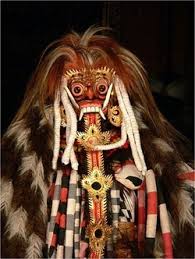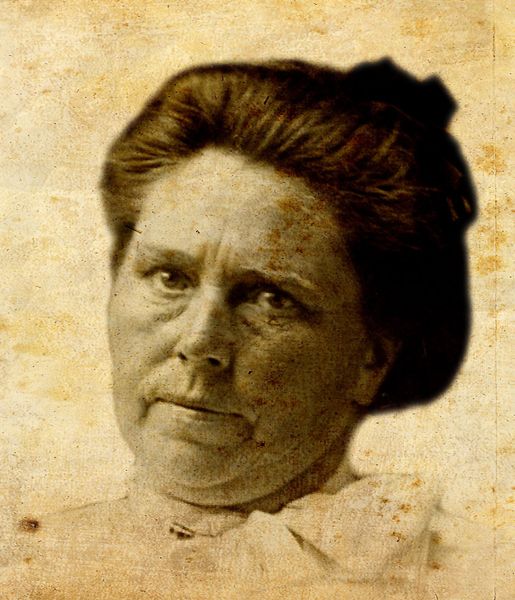Moving along down Poverty Row, we find Monogram Pictures. Founded in the early 1930s specifically to make and distribute low-budget pictures, Monogram’s early output was heavy on mysteries, some with a Scooby-Doo twist. No real supernatural or outright horrific content, but with names like The Phantom Broadcast (1933, murder during a radio show); The Sphinx (also 1933, with horror stalwart Lionel Atwill); House of Mystery (1934); and Haunted House (1940), you’d think they were horror movies. You’d be mistaken, but not by much.
Monogram also had distribution deals with British producers, so they were able to offer the American public pictures like The Human Monster (1939, AKA The Dark Eyes of London) and Chamber of Horrors (1940 AKA The Door with Seven Locks), both based on novels by Edgar Wallace, who had been instrumental in the creation of a certain giant ape. Wallace deserves a long look in this space one of these days, so we’ll discuss those films at that time.
Monogram’s first actual horror film was a typical mad-scientist-doing-good-by-being-bad effort, the sort of role Boris Karloff had let himself get typecast in during this period. The Ape (1940) has him donning a gorilla skin to harvest spinal fluid from unwilling donors in order to find a cure for polio. Should have just waited for Dr. Salk and Dr. Sabin to work their wonders.
Although Bela Lugosi was the star of the abovementioned British film The Human Monster, it doesn’t count as one of the legendary Monogram Nine, a nonet of horror flicks he made at the studio during the following few years, due to it being an import. Invisible Ghost from 1941 is the first of that set. Lugosi is a doctor who is triggered to fall into a homicidal trance whenever he sees his ‘late’ wife wandering the grounds. Sounds like some marriage counseling might be in order.
King of the Zombies (1941) is an oddity, a Grade Z horror flick that actually got some attention from the Motion Picture Academy of Arts and Sciences. Dick Purcell, who three years later would become the first Marvel Cinematic Universe hero when he put on the tights and cowl for Republic Picture’s Captain America serial, gets stranded on a remote island with his African-American valet, played by Mantan Moreland in the cringe-worthy style typical of the period, and a fellow passenger played by John Archer, who would later lend his voice to The Shadow on the radio. They take refuge in the home of a mad doctor who is attempting to use voodoo to wrest American military secrets from a captured admiral. A ruckus ensues, and everything turns out just as expected.
Except for one thing. The score for King of the Zombies was nominated for an Oscar. I cannot think of a single other Grade Z horror movie of the period nominated for any award, in any category. There was Fredric March’s Best Actor co-win with Wallace Beery (The Champ) for Paramount’s 1931 production of Dr. Jekyll and Mister Hyde, and that film’s nominations for Best Adaptation Writing and Best Cinematography, and a few others for similarly classy pictures, but nothing for anything else down on Poverty Row.
I just took a listen and I’m honestly not sure why it was nominated, unless it was just to round out the slate of nominees. It was up against some seriously stiff competition, including Best Picture winner How Green Was My Valley, the actual Best Picture (of all time) Citizen Kane, Gary Cooper biopic Sergeant York and MGM’s remake of Dr. Jekyll and Mister Hyde starring Spencer Tracy. The Academy Award did go to a horror movie, RKO’s The Devil and Daniel Webster, but again, that was an A-Picture, not the bottom-of-the-barrel spookiness coming out of Monogram. Still, it is a curiosity of the genre, and one worthy of being noted.
I should point out that Mr. Purcell’s performance as Captain America had nothing to do with the character portrayed in more recent films, other than the costume. Instead of fighting against the Nazis in Europe as an American soldier, he is a ‘fighting district attorney’ going up against The Scarab, a standard Republic villain of their chapterplays. Without his shield, which is a bit of a disappointment. It does feature Frankenstein and Dracula alumnus Edward Van Sloan in a small role, as well as the skipper of the ship in King Kong and Song of Kong, Frank Reicher. It’s fun, but don’t expect it to tie into the Infinity War in any respect.
Come back around in a fortnight to look at the black and white comics magazines from Warren’s most successful competitor, Skywald Publications. You’ll be glad you did. Until then, I bid you to always, in every circumstance, be afraid…
Be very afraid.


 Hello Addicts,
Hello Addicts, Hello Addicts,
Hello Addicts, Hello Addicts,
Hello Addicts,
 Hello Addicts,
Hello Addicts,
 Hello Addicts,
Hello Addicts,


 Hello Addicts,
Hello Addicts, Hello Addicts,
Hello Addicts, Hello Addicts,
Hello Addicts, Hello Addicts,
Hello Addicts, Hello Addicts,
Hello Addicts, Hello Addicts,
Hello Addicts,